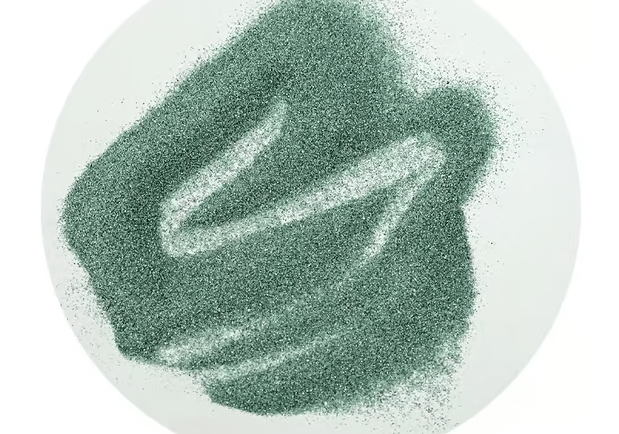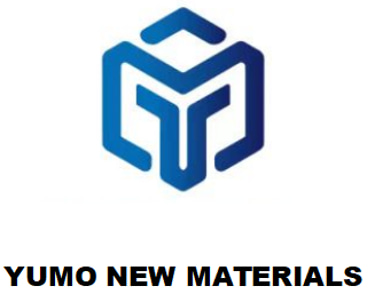HENAN YUMO: Engineered Precision, Uncompromised Performance
Silicon Carbide vs Diamond: A Technical and Industrial Comparison
In the world of high-performance materials, silicon carbide (SiC) and diamond stand out as two of the hardest and most thermally stable substances. Both are widely used in abrasives, cutting tools, semiconductors, and high-temperature applications. However, despite their similarities in hardness and resilience, they differ significantly in composition, cost, availability, and application suitability.
8/5/20253 min read


Silicon Carbide vs Diamond: A Technical and Industrial Comparison
In the world of high-performance materials, silicon carbide (SiC) and diamond stand out as two of the hardest and most thermally stable substances. Both are widely used in abrasives, cutting tools, semiconductors, and high-temperature applications. However, despite their similarities in hardness and resilience, they differ significantly in composition, cost, availability, and application suitability.
This article explores the core differences between silicon carbide and diamond, focusing on their physical properties, industrial applications, advantages, and limitations. Whether you're a materials engineer, purchasing manager, or technical consultant, understanding the nuances between SiC and diamond can help you make informed decisions for your project or production line.
1. Chemical Composition and Structure
Silicon Carbide (SiC) is a synthetic compound of silicon and carbon. It forms a covalent crystal structure with strong atomic bonds, contributing to its high hardness and thermal conductivity. SiC comes in several polytypes, with the most common being hexagonal (alpha-SiC) and cubic (beta-SiC).
Diamond, on the other hand, is a natural or synthetic allotrope of carbon. Its atoms are arranged in a tetrahedral lattice, making it the hardest known natural material. Diamond is composed of pure carbon atoms.
2. Hardness and Wear Resistance
Diamond is the hardest material on the Mohs scale, scoring a 10. It offers unmatched wear resistance, making it ideal for ultra-precise grinding, cutting, and polishing of hard materials.
Silicon Carbide ranks around 9.2 to 9.5 on the Mohs scale. While slightly less hard than diamond, SiC is still one of the hardest industrial materials and provides excellent wear resistance for most applications.
3. Thermal Stability and Conductivity
Silicon Carbide performs exceptionally well at high temperatures, with a melting point above 2700°C and excellent thermal conductivity. It does not melt under normal conditions but sublimates, making it suitable for furnaces, heat exchangers, and power electronics.
Diamond has extremely high thermal conductivity (even higher than SiC), making it valuable in electronics and heat management. However, diamond begins to oxidize at around 700°C in air, limiting its use in open high-temperature environments.
4. Electrical Properties
Silicon Carbide is a wide-bandgap semiconductor. It is widely used in power electronics, including MOSFETs and Schottky diodes, due to its efficiency at high voltages and temperatures.
Diamond can also act as a semiconductor when doped, but it is far less common in commercial electronics due to high production costs and complex processing.
5. Industrial Applications
Silicon Carbide Applications:
Abrasives and blasting media
Refractories and kiln linings
Semiconductor devices (e.g., SiC MOSFETs)
Ceramic components
Mechanical seals and bearings
Diamond Applications:
Cutting, drilling, and grinding tools
Optical lenses and windows
Heat spreaders for microelectronics
High-precision polishing
Jewelry and aesthetic uses
6. Cost and Availability
Silicon Carbide is more cost-effective and readily available for industrial use. It is mass-produced from silica sand and carbon at high temperatures, allowing for consistent quality and scalability.
Diamond, especially natural diamond, is significantly more expensive. While synthetic diamonds (CVD and HPHT) are available, they still carry a higher cost and are primarily used in specialized or high-end applications.
7. Environmental and Processing Considerations
SiC has a lower environmental footprint in terms of energy and material use in industrial settings. Its recyclability and durability make it attractive for sustainable applications.
Diamond, especially natural, involves mining and complex processing. Synthetic diamonds reduce this burden but still involve significant energy consumption during production.
Conclusion
While both silicon carbide and diamond offer extreme hardness and thermal performance, they serve different industrial niches.
Use diamond when absolute hardness and precision are essential, especially in optical, medical, or high-end electronics applications.
Use silicon carbide when a balance of hardness, thermal resistance, cost-efficiency, and chemical stability is required for high-temperature and mechanical environments.
By choosing the right material based on your application's technical and economic requirements, you can maximize performance and cost-effectiveness.
For high-purity green silicon carbide or white fused alumina, contact us at: Henan Yumo New Materials 🌐 www.yumoabrasive.com 📩 sales1@yumoabrasive.com
